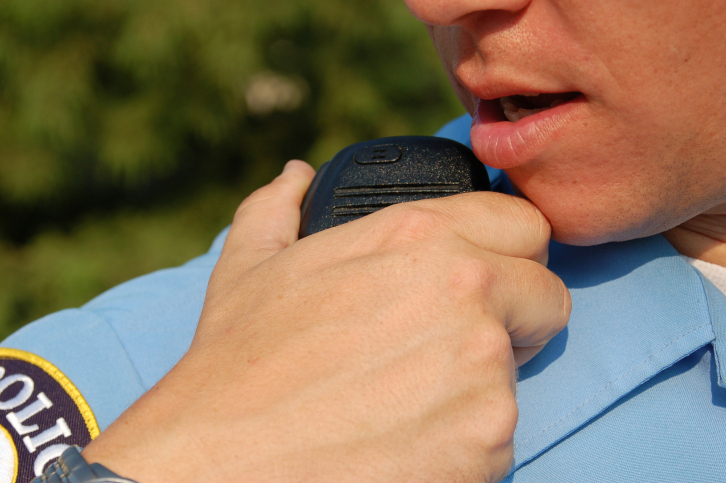Students dial in on emergency communications

When the south tower of Manhattan’s World Trade Center collapsed on Sept. 11, 2001, emergency responders outside the building ordered the firefighters within to evacuate. Many did not receive the message.
As is often the case in emergency situations, the communication took place almost entirely over radio waves. According to the 9/11 Commission Act of 2007, three things likely kept the firefighters from hearing the order: They were either off-duty rescuers on-scene without a radio, the radio channel they were using was overwhelmed, or they were using a different channel entirely.
In the aftermath of that and other tragic events, like Hurricane Katrina, the federal government has issued a call to identify more useable space on the radio spectrum, to deal with the issue of overwhelmed channels. New systems allowing users to communicate across channels have popped up, forcing safety workers to replace their entire arsenal of radios. Now, a decade after the World Trade Center attacks, billions of dollars have been spent but experts say the spectrum is still maxed out and those new radio devices still cost thousands of dollars each.
A group of recent graduates from Northeastern’s Department of Electrical and Computer Engineering decided to tackle the latter issue in a simple, inexpensive, and user-friendly way for their senior capstone project. Their solution—called Interoperable Communication Device, or ICD—allows two-way radio users to communicate across channels without updating any hardware, according to team member Richard Obermeier.

Along with their team members, Richard Obermeier, left, and Justin White developed the Interoperable Communication Device for their senior capstone project. Photo by David Potter.
Unlike a standard two-way radio, a software-defined radio allows programmers to define its capabilities using nothing but code. The group of students, led by team member Fernando Quivira, programmed one of these to function on multiple radio frequencies and integrated it into the communications chain.
First, the transmitting radio uses one frequency to send a message to the software-defined radio. The SDR then reconfigures the code embedded in that message to be compatible with another frequency. Finally, the SDR sends the new message code to the receiver’s radio on this new wave.
Team member Justin White developed a straightforward user interface, which dispatchers at safety headquarters like police and fire stations could use to connect radio users on different frequencies. The dispatcher would use a simple drag-and-drop method to link two or more users in a “chat room.” Any radios in the chat room can communicate via the software-defined radio as described above. “The drag and drop function is like turning the knob on your car radio,” said Obermeier.
While the system requires optimization, it is already in working order, he said, and could be adopted by safety officers around the country for pennies on the dollar compared to similar devices already on the market.





